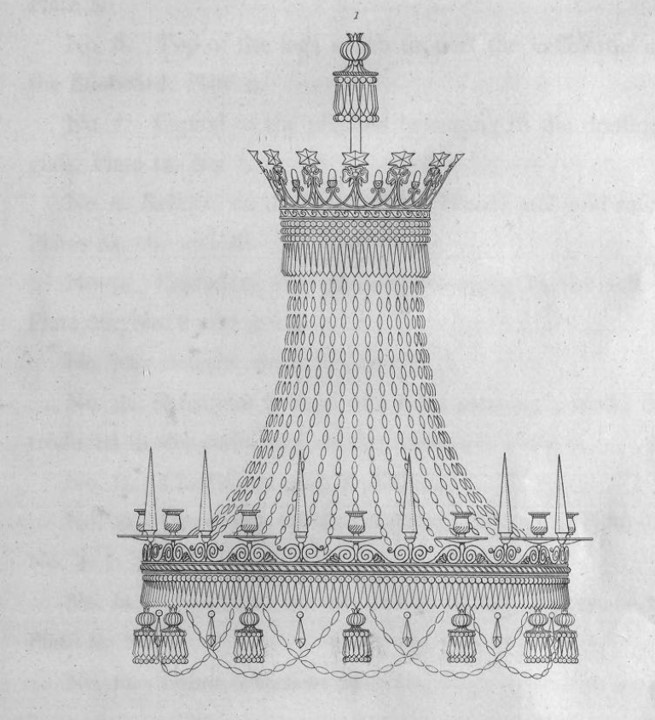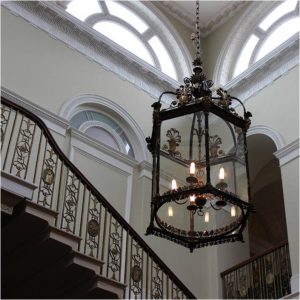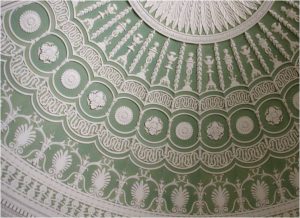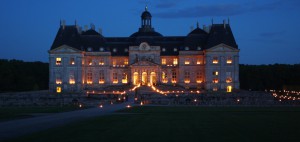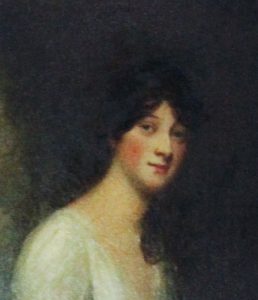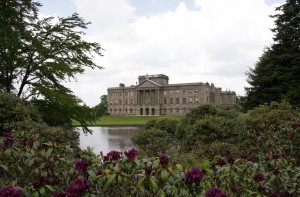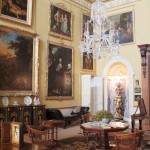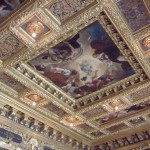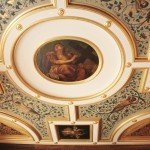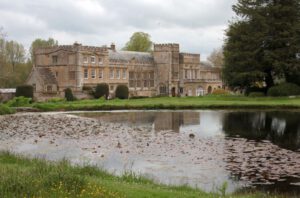In this post:
- A gentleman who thought it possible to cross breed rabbits and chickens
- A cabinet of wonders
- The trial of a conspirator
Burton Constable Hall is located 3 miles (5 km) south-east of Skirlaugh, Yorkshire.
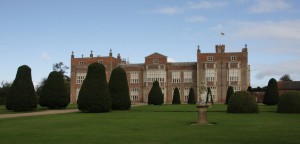
Burton Constable Hall is famous for the “Cabinet of Curiosities” of one of its most remarkable owners, William Constable.
“Cabinets of Curiosities”, also known as “Cabinets of Wonders”, were collections of objects from natural history, geology, ethnography, archaeology, religion, alchemy and art. They became popular in the late Renaissance era. Originally, only royalties possessed the fortune and the opportunity to collect in grand style, but by the 18th century many gentlemen sought to acquire the latest scientific instruments and unusual objects from around the world. So did William Constable. His collection is today the most important scientific collection by a gentleman from the late 18th century that is on display in a country house. The collection is substantially intact and still has the original labels. (1)
If you visit Burton Constable Hall, the Cabinet of Curiosities is a must-see, but you will also enjoy the 30 rooms filled with fine furniture, paintings and sculptures. The exotic Chinese Room was inspired by the Prince Regent’s Royal Pavillon in Brighton. (1)
Continue reading →
